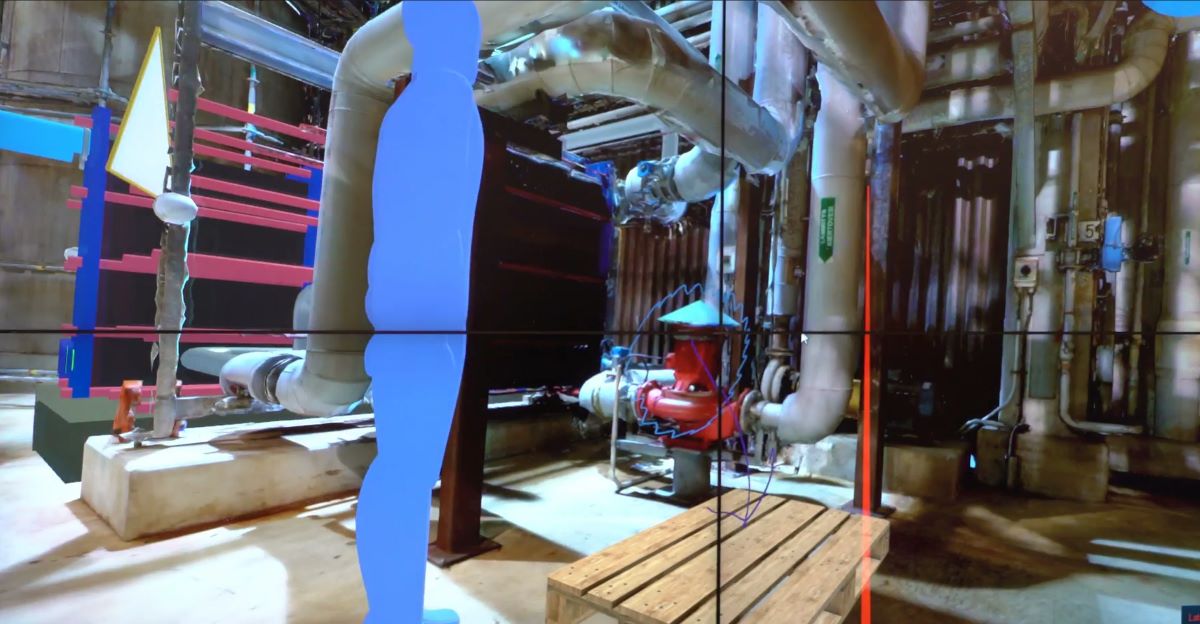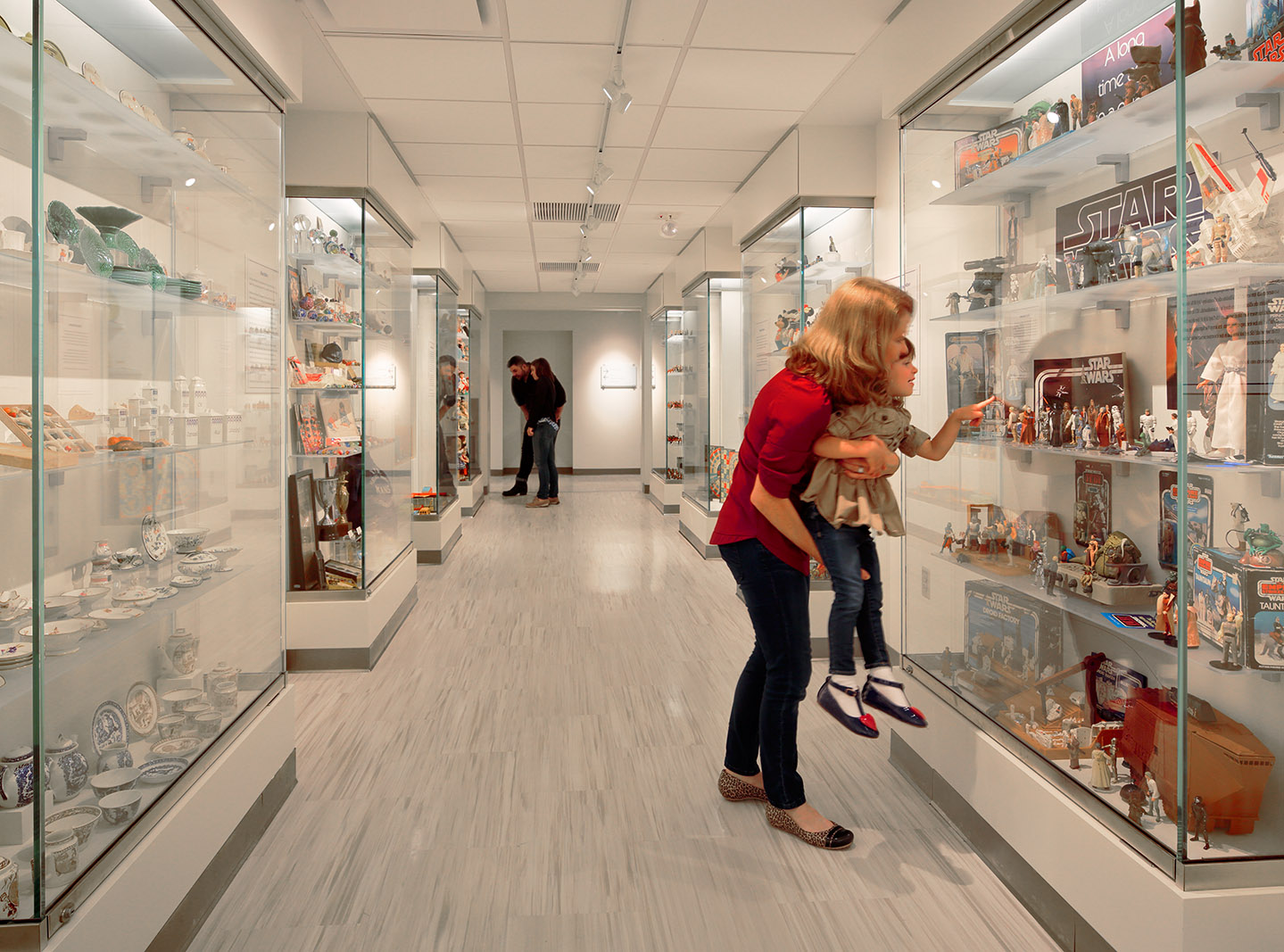Building the Future: Unmasking a Bottleneck of Augmented Reality in Construction

Augmented Reality (AR) is a term that describes the process of overlaying 3D model content on the user’s physical surroundings using a mobile device or wearable headset. AR varies from Virtual Reality (VR) in that it provides a blend or augmentation of both reality and digital components, whereas VR is a completely immersive experience focusing on simulating a real-life environment employing a completely digital one.
AR has the potential to greatly improve efficiency, accuracy, and safety in the construction industry. Immense strides have been made over the past decade improving the AR user’s experience. However, integrating AR technology into the construction industry carries its own set of challenges, one of which is the management of the size of 3D models.
Building materials used in construction involve a vast amount of data, including structural steel framing and connections, architectural components such as doors windows, finishes, and mechanical and electrical systems. To view these parts and pieces in a 3D environment, the device being used to consume this data must have the capacity to process and store the data to provide a cohesive and realistic experience. Difficulties such as model lag, glitching, and freezing of the models can greatly reduce the overall effectiveness of the technology, which can lead to reduction or discontinuation of use.
For this technology to be valuable, AR devices must be portable. While laptop or desktop computers have more capacity to display large data-rich models without lagging issues, currently AR devices like mobile phones, tablets, and wearable headsets or glasses need computational enhancement. Limitations with processing power and memory on these devices make it difficult to fully render and navigate through intricate 3D models seamlessly. As a result, construction professionals may experience difficulties in effectively utilizing AR on-site, hampering productivity and hindering progress.
While the industry awaits the technology to further develop into something more useable on-site, Virtual Design & Construction (VDC) professionals are tasked with crafting creative strategies to bypass these challenges. McCownGordon’s in-house VDC team leverages an approach that involves compression techniques and file type conversions to reduce the size of the federated 3D models without sacrificing accuracy or quality. By reducing overall file size, typically the model performance is improved, thus providing a better AR experience for the user.
McCownGordon has also found success in parsing out the model into more digestible partial models, thus reducing the overall size of each model. For example, if a building has four levels with similar footprints and has a file size of 400 MB, a model for each level could be produced, resulting in four approximately 100 MB single models. This allows for selective loading of the model required at the time, and typically does not sacrifice quality or experience, especially for a multi-level project where navigating from floor to floor has its own set of challenges; in most cases, breaking the model out by level would improve the navigation experience and efficiency.
While the adoption of AR has great potential for improving the construction industry, managing the size of 3D models remains an obstacle. By leveraging optimization techniques and partial model approaches, construction firms can leverage the full potential of AR technology, adding value and eliminating risk throughout the entire project timeline. As the industry continues to embrace innovation, addressing these challenges will be essential in driving the industry forward.
Outside of AR, McCownGordon’s virtual design and construction team continues to leverage construction technology, using the latest BIM coordination, reality capture, and progress tracking tools. We put an emphasis on research and development, ensuring that we are always on the cutting edge of construction technology. Ultimately, these technologies act as visualization tools that not only bring projects to life but also provide a better building experience and a higher quality finished product.





